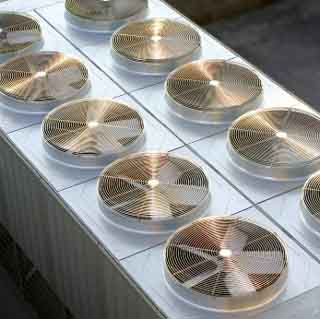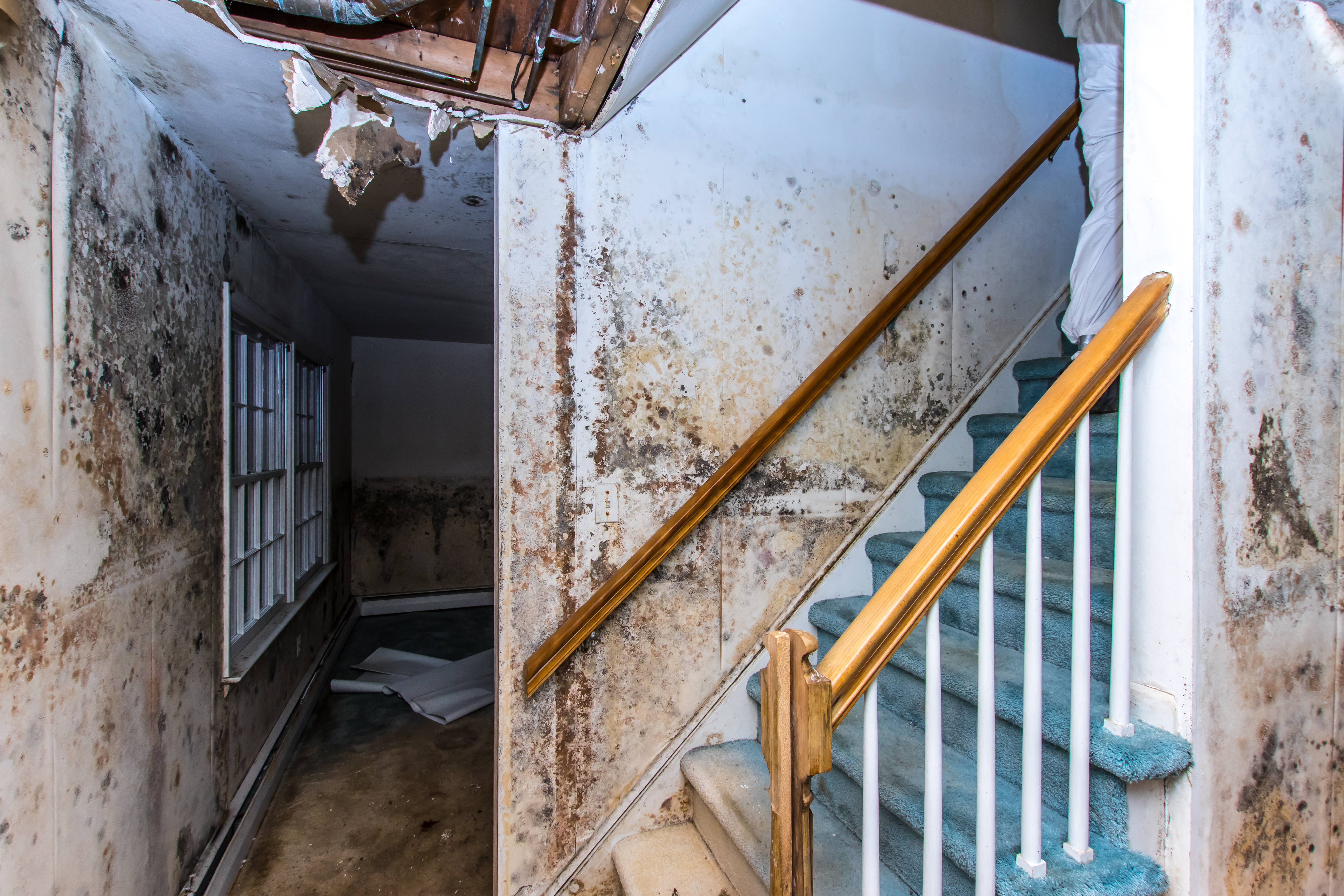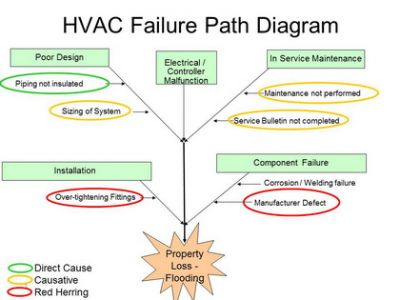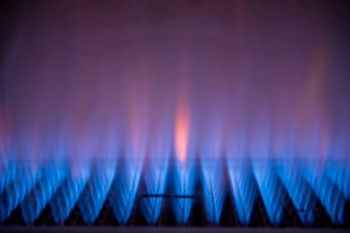This summer has been an especially hot one nationwide, where there have been no exceptions to cities and towns that have pushed the 100 degree mark. Reporting agencies have calculated that this is the 2nd warmest year globally since records have been kept. This has also translated into heating ventilation, air conditioning (HVAC) and refrigeration being tested for its design and performance. Imagine a skyscraper building in the summer heat and the recently installed HVAC system fails. The time it would take to repair the unit or install a new system, while people must be out of the building, can cost hundreds of thousands of dollars if not millions. Other examples of a HVAC failures would be a system that is not designed properly, so workers are always hot or cold or an improper duct fitting causing condensation and mold infestations that could potentially the make the workers sick. These examples of HVAC failures, whether it is a claim or litigation, are cases where CED Investigative Technologies Inc. has been providing cause and origin expertise.
George Read, who is CED HVAC expert, says “HVAC and Refrigeration failures are typically a function of one of three things: potential manufacturer defect, system design flaw or improper maintenance.”
From the manufacturer defect perspective, George and other CED engineers will inspect the failed equipment to determine the cause and origin point. Once the point is located, the engineer will examine and test the component or an exemplar to make sure that in fact the failure point operated as stated by the manufacturer and that there weren't any contributing factors. The second area to examine, in the event of failures, is the system design of the HVAC and refrigeration system. Manufacturers produce ratings for systems and what HVAC and Refrigeration units are capable of handling. These ratings or standards are published in documentation and regulated by such groups as the Air Conditioning Refrigeration Institute (ARI) www.ARI.org. If installers and subsequent sub-contractors violate these standards and design requirements such as improper piping and sizing and non-recommended materials, systems can overheat or fail to perform causing a complete system failure. CED engineers will typically examine the design plan of the system to make sure that manufacturer guidelines were followed and that all sizing calculations and proper materials were used in the installation of the system.
The last area for examination in HVAC failures is maintenance. Maintenance can typically be from air filters not being replaced, heat exchanger not being cleaned, system leaks to not contacting the manufacturer when the system operates in an abnormal operation. System leaks where Freon, which is heavier than air and displaces oxygen, can fill a room and suffocate a person as opposed to Ammonia which is used in refrigeration can become explosive is leaked and it finds an ignition source. Maintenance to HVAC systems, especially in extreme hot and cold weather, is crucial to preventing accidents.
CED engineers have been dealing with HVAC issues and other areas of expertise for over 20 years and can be of assistance to potential claims and litigation.






